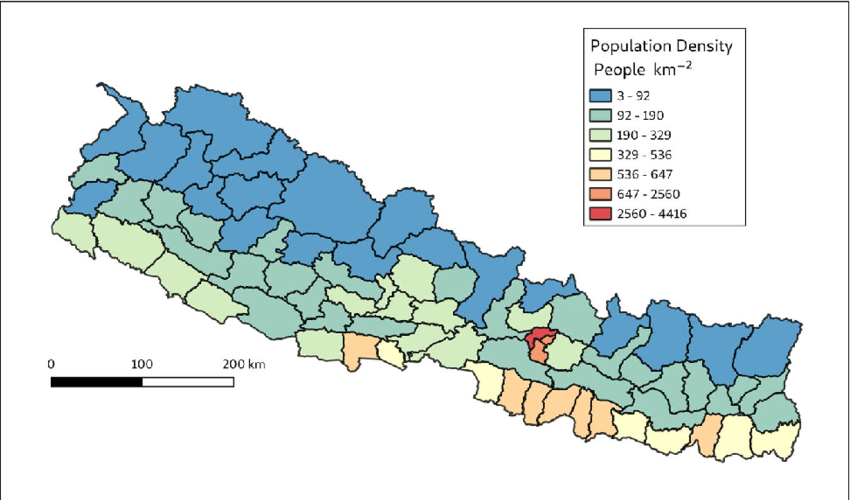KATHMANDU: In compliance with the Nepal Constitution and the restructuring of the state into a three-tiered government, Nepal encompasses 753 local units or municipalities. Among them, 293 are urban municipalities (including metropolitan and sub-metropolitan cities), and 460 are rural municipalities. In the current context, the classification of urban municipalities, metropolitan, and sub-metropolitan cities as urban areas poses challenges for effective policy formulation.
The census data of 2021 reveals that the urban municipality population is 66.17%, while the rural municipality population is 33.83%. This data indicates that Nepal has 66.27% urban areas, although further categorization into urbanizing or peri-urban municipalities is not provided. To address this gap, a comprehensive analysis using the Degree of Urbanization (DEGURBA) methodology has been initiated.
DEGURBA, an approved methodology by the United Nations Statistical Commission, aims to globally harmonize the definition of urban and rural areas. The report, prepared by adopting this methodology, classifies Nepal’s settlements at the ward level into urban, peri-urban, and rural areas. The primary objective is to generate globally harmonized and comparable urban and rural population datasets for Nepal.
Key Findings of the DEGURBA Analysis:
- Between 2011 and 2021, the urban population in Nepal has increased from 22.31% to 27.07%, while the peri-urban population has grown from 39.19% to 39.75%. Conversely, the rural population has decreased from 38.5% to 33.19%.
- The majority of the population resides in peri-urban areas classified as ‘urban,’ indicating ongoing urbanization trends. The rural population constitutes one-third, with migration patterns suggesting pressure on urban areas to accommodate and rural areas to retain the population.
- Geographically, rural populations are concentrated in the Hill (66%) and Mountain regions (16%), peri-urban populations dominate the Tarai region (85%), and urban populations are concentrated in the Hill region (53%), skewed due to major metropolitan areas.
- The 3-Category classification results against municipalities reveal that rural municipalities contain 58% of the population in rural clusters, while 36.1% are in peri-urban areas, and 5.9% in urban areas. Urban municipalities have 28.4% in urban areas, 46% in peri-urban areas, and 25.4% in rural clusters.
- Sub-metropolitan cities show 39% of the population in peri-urban areas and 53% in urban areas. Metropolitan cities have 17% in peri-urban areas, 2.3% in rural characteristics, and 80.7% in urban areas.
- At the provincial level, urban and peri-urban populations (totaling 66.8%) are relatively skewed, with the highest concentration in Madhesh province (19.9%), followed by Bagmati province (14.6%), and the lowest in Karnali province (1.2%).
The DEGURBA analysis provides critical insights for policy formulation and decision-making, highlighting the need for nuanced approaches to urbanization in Nepal. The results align with local spatial realities and have undergone verification through field visits. The study underscores the importance of addressing the evolving dynamics of urban and rural landscapes for sustainable development.

